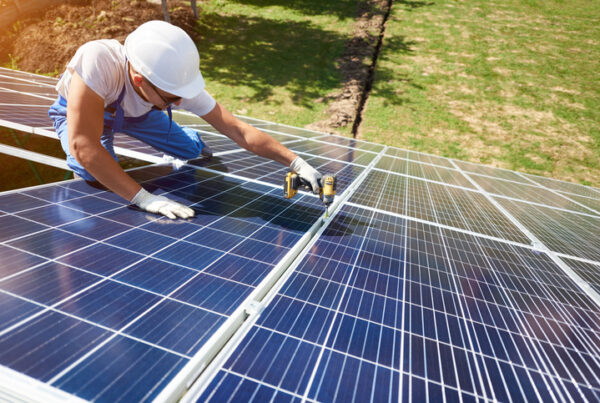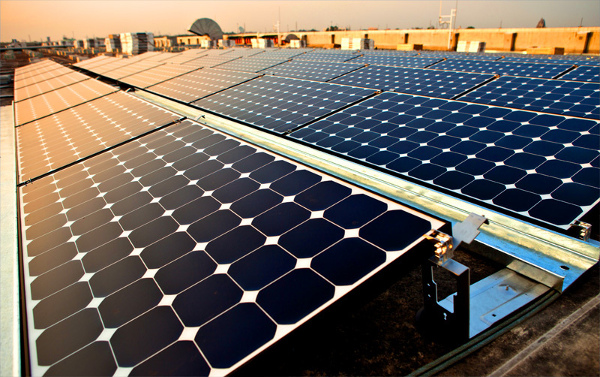The success of solar panels and the increase in renewable energy, has led experts to predict that solar is one form of renewable energy that is set to completely replace the reliance on fossil fuels by 2050. This is due to their ever-growing availability and cost-effective measures making them far more accessible to the public.
Demonstrating this increase in solar energy are statistics documented over the last 10 years. The solar sector continues to grow 20% each year, this consistency has already, or will soon continue to triumph over coal, gas, and hydro energy production. Below is evidence of how the solar energy landscape has changed and positively impacted the environment over the last decade, as well as the early 2000s.
Solar in the Early 2000s
Statistics from 2004 enable the assessment and analysis of solar energy growth across the UK. In the early 2000s, only four-gigawatt hours of electricity production was created from photovoltaics. Comparatively, in most recent years such as 2022, this had increased to an impressive 13.3 terawatt hours. There continued to be a significant increase across 2023, with a photovoltaic capacity installation in the UK reaching 14.7 gigawatts. This is why Uswitch reported that Solar energy and its development made up 11% of the UK renewable energy production across 2023.
From 2011-2022
Uswitch also highlighted through their analysis, that from 2011, electricity generated through solar photovoltaic power in the United Kingdom consistently increased. In 2011, as little as 244 GWh was generated from solar power. This grew by over forty times by 2016, with the UK generating 10,395 GWh. This increase continued over 2016 and in 2017 by 10.2%. It rose again in 2018 by 10.7%. In 2019, this is where solar power production plateaued slightly. This resulted in a decrease of energy output by 2.1% across 2019. However, this slight decrease did not last, with a number at an all-time high in 2022 with 13,283 GWh being produced. The World Economic Forum highlighted that in 2022, more solar energy was produced and installed than any other energy sources put together.
Solar Today
Due to the ever-growing statistics in the solar energy field, the IEA (International Energy Agency’s) renewable 2023 report predicted that in 2024, Solar PV joined with wind energy will generate far more electricity than hydropower.
Solar will continue to dominate the renewable energy sector across 2025 and 2026. This is due to solar and PV electricity production making over three-quarters of global additions in 2023. This has led experts to believe this increase will continue indefinitely.
We hope you enjoyed these statistics on solar energy and can further understand why we have this company. It is in Sunvolt’s ethos to help spread solar energy and make it as accessible as possible. This is to protect our climate as well as lower energy bills for the general public.



